Persepolis now faces new threat: the region with land subsidence has now moved to a distance of 600 meters from the major site and has raised concerns over the millennial monument. In 2008, it was discovered that Persepolis was subject to land subsidence. The solution however was ill-devised and authorities filled the cracks by earth transported from elsewhere by trucks.
Located in dry climate, Persepolis had been erected through 200 years by different Achamenid potentates on a ground mainly composed of limestone, which is subject to wind erosion relatively easily. Droughts of recent years rendered the region unsuitable for agriculture. However, in villages near Persepolis, water had been increasingly wasted in traditional rice plantations; this contributes to even more severe land subsidence. Authorities have warned about pernicious effects of activities on the site, but farming had been continued untrammeled.
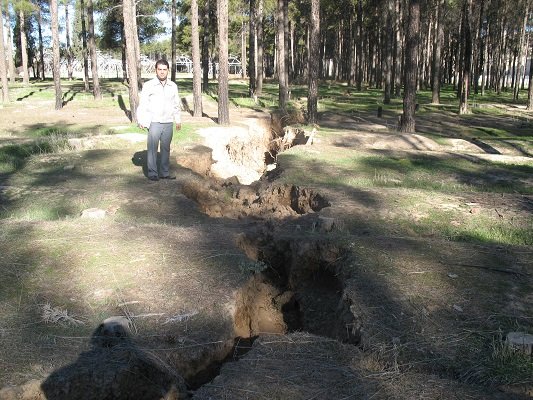
Tahmouras Yousefi, Head of Center of Geology in South (Shiraz Office) tells Mehr News local correspondent that Marvdasht plain had been a site of significant land subsidence, with a general trend also afflicting the province; “Fars province suffers the maximum fall in the level of water which makes the province’s plains subject to cracks and sinkholes,” he added.
“In recent years, unregulated underground water use had been the major cause of drying of the plain in a tree plantation project near Persepolis; the issue invites serious measures by the authorities in provincial and national levels,” Yousefi asserted.

“The northern part of the plain in outskirts of Rahmat Mount has huge cracks which continue to Naghsh-e-Rostam; cracks had been discovered in a village, Shoul, near Marvdasht, with widest cracks in Karbal near the historical complex; cracks had become wider 1 centimeter annually during past 10 years, however, it was 50 meters within two years only,” he told Mehr News.
Caveat also comes from a local archaeologist Nowrouz Rajabi who reiterates warnings on impending damage threatening Persepolis; “the public is also subject to dangers; the underground water levels has shrunken severely, drying up the bed of the river Kor. Rice is grown in the vicinity of the site despite the conditions of drought; rice planting exhausts water resources in Marvdasht plain near Gediyoun village, only 1 kilometer from Persepolis; this would lead to a disaster of far-reaching consequences; agricultural activity should be slowed in these regions for an effective solution to the land subsidence,” he demanded.
SH/3732881

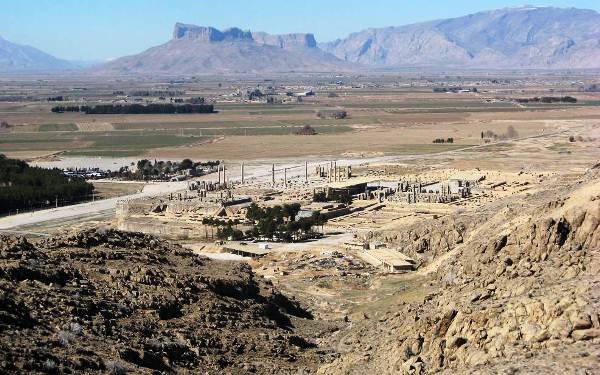






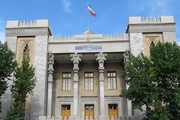

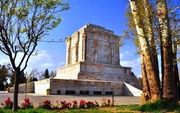
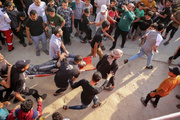











Your Comment